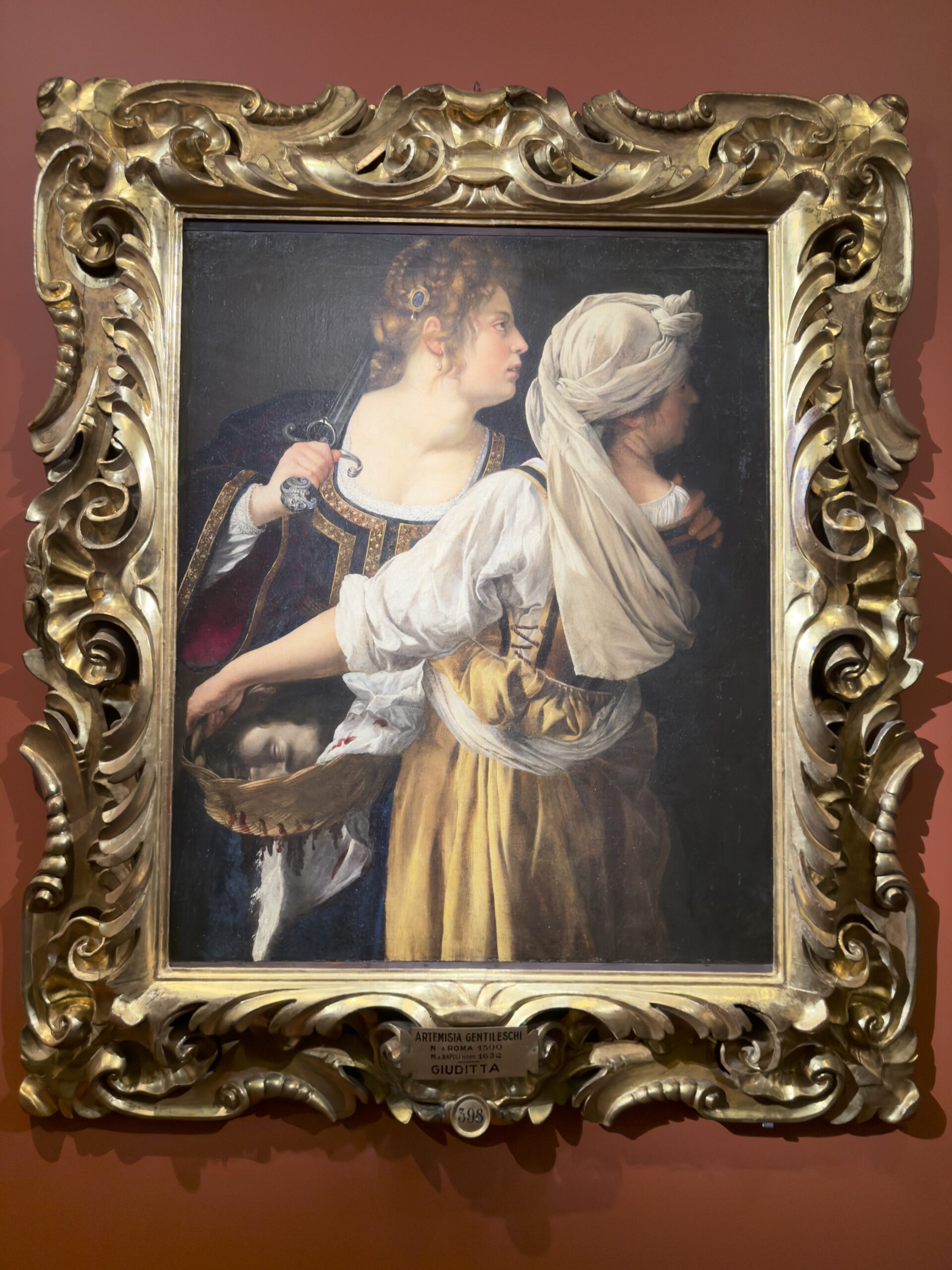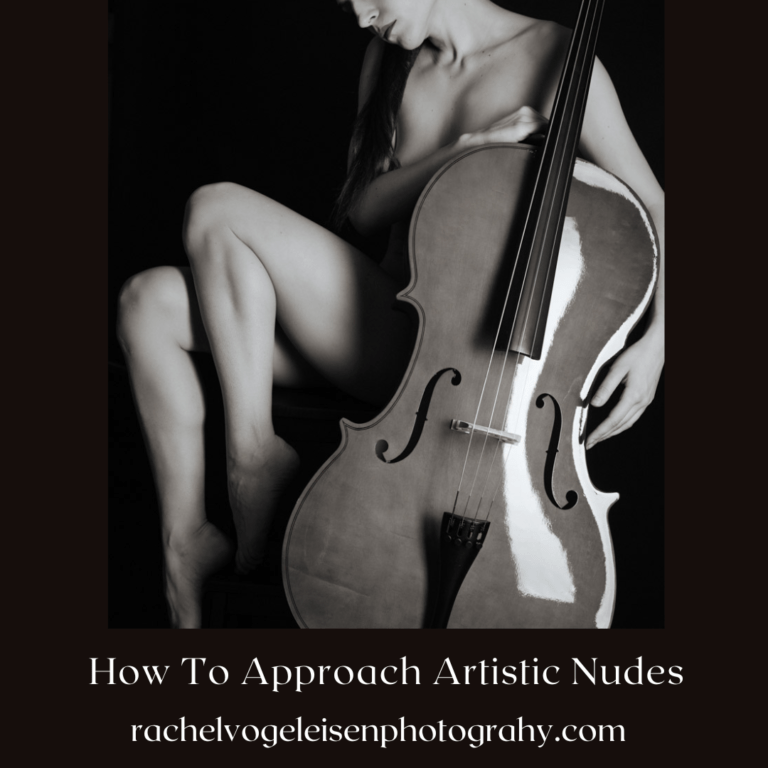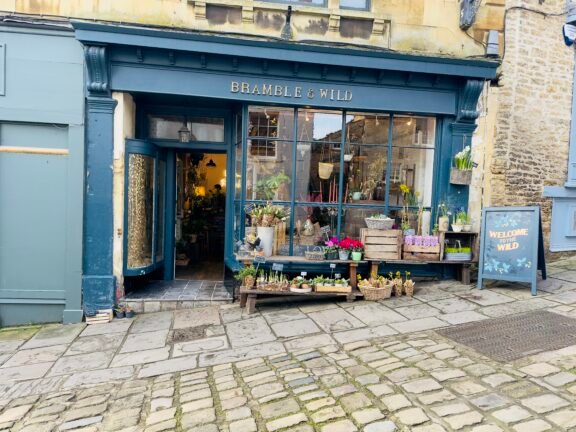Over my weekend in Paris, I packed in as many exhibitions as possible. One of them was Artemisia Gentileschi. My love affair with Artemisia started a long time ago. In the late 80s, I read a biography by Alexandra Lapierre and saw a movie about her life in the 90s. Artemisia fascinated me because she was a trailblazer. Here was a woman, a fully fledged artist during the Renaissance in Italy. At a time when women had very few roles in society. Her work has greatly influenced my voice as an artist. I’m sharing how Artemisia’s view on art shaped my fine art series, Women in Quiet Rebellion.
On the day of the visit, I got up early. My aim was to chase the spring blossoms in Paris. I walked around the Eiffel Tower but didn’t manage to find any magnolia trees. Somehow, there was one white cherry tree, and I pointed my lens through to the Eiffel tower.
I took the bus from Trocadéro and chose to walk from the Marais to the museum instead of taking the métro. This turned into one of those unexpected adventures that make Paris special. I found an amazing gluten-free bakery called Copains in the 4th arrondissement. I could enjoy doughnuts and pain au chocolat there. Their display was wild; I had never seen so many gluten-free options.
A few years ago, I went to see Artemisia’s artwork in an exhibition at the National Gallery in London. Jonathan Jones wrote an article about her exhibition. He described her paintings, “More Savage than Caravaggio: The Woman Who Took Revenge in Oil.”
If you know her story, Agostino Tassi, one of her dad’s workers, raped her when she was 17 years old. This experience has deeply traumatised Artemisia. It also shaped how she shows female heroes. Artemisia’s art helped her express deep emotions. Her struggles became strong paintings. They gave a voice to oppressed women. Artemisia was both an artist and a businesswoman. She ran a workshop and had painters working for her. I have always been attracted to women who made the exception because I wanted to be one of them. Trailing a road less travelled, I was far less brave than any of them.
The Exhibition at the Musée Jacquemart-André
The exhibition showcases about 40 of her paintings from collections worldwide. What I love about her work is the drama and theatrical inspiration. Everything seems so obvious in the paintings, although there is room to make your own story. Her most striking portrait of “Judith Beheading Holofernes” is intense and unflinching. Judith stands firm, her determination clear. She and her maid work together to behead Holofernes.
This painting shows violence and rage in a quiet way. The women seemed completely unfazed. She was clearly inspired by theatre and drama and found a way to express anger through her paintings. This painting may show her desire for revenge against Agostino Tassi. It reflects the pain she faced while trying to prove her innocence.
The curators did a great job of placing her work in the male-dominated art world she moved through. They included paintings by her father, Orazio, and Il Caravaggio. Both have greatly influenced her painting style.
As you walk through the rooms, you stop in front of her large paintings. One is called “Suzanne and the Elders.” Where you can see her voice gaining strength in a masculine dominated world.
Her work is loud and dramatic; she was using bold primary colours and costly pigments. Her business drew generous patrons who commissioned her to create artwork. She often modelled herself in these pieces. Some of these have been repainted to suit the modesty of viewers.
I love watching Artemisia’s work, so I’ll keep going to every exhibition that shows it. She has gained a lot of momentum recently after years of being ignored. Her work deserves to be celebrated and discovered by a larger audience.
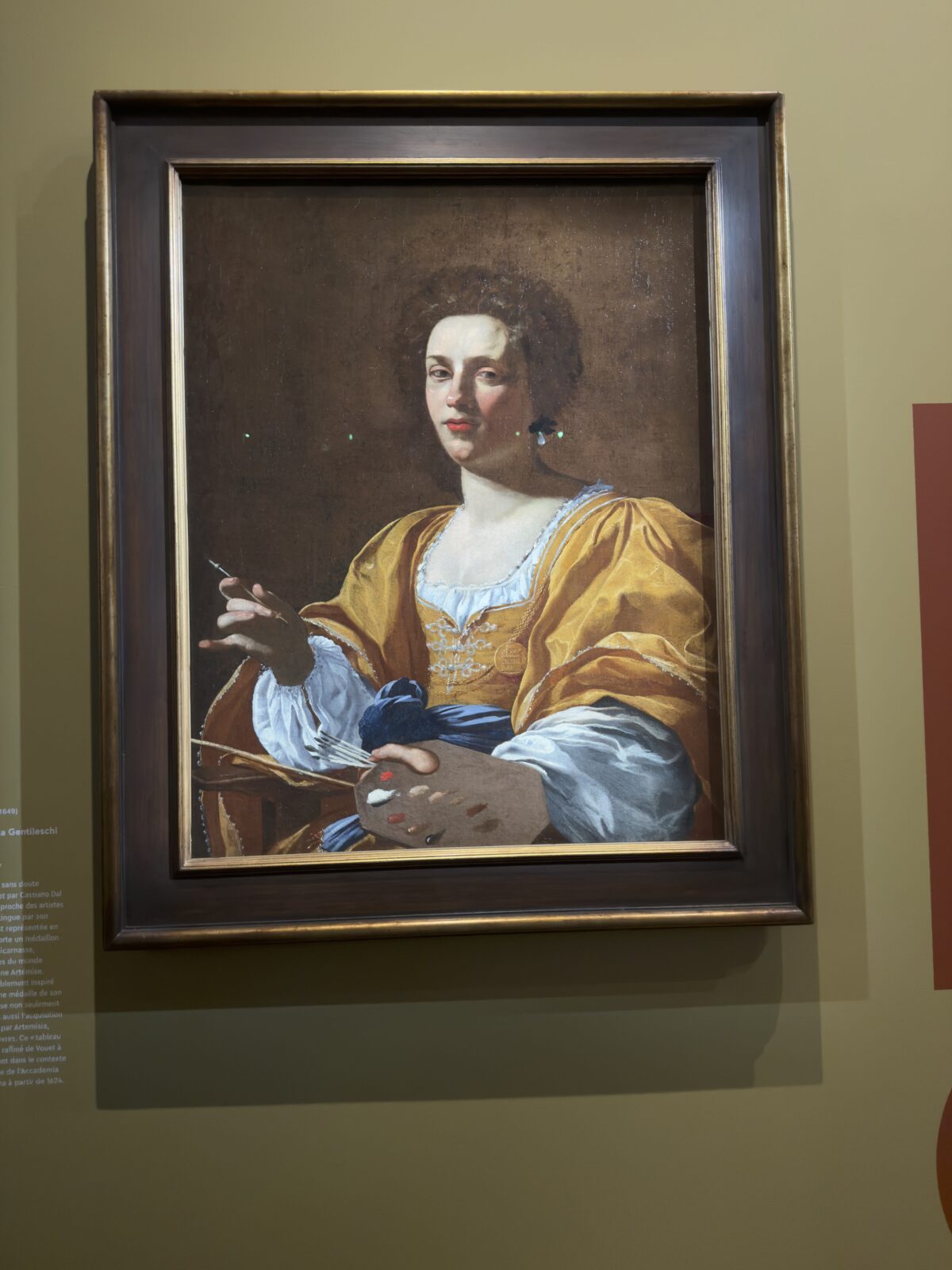
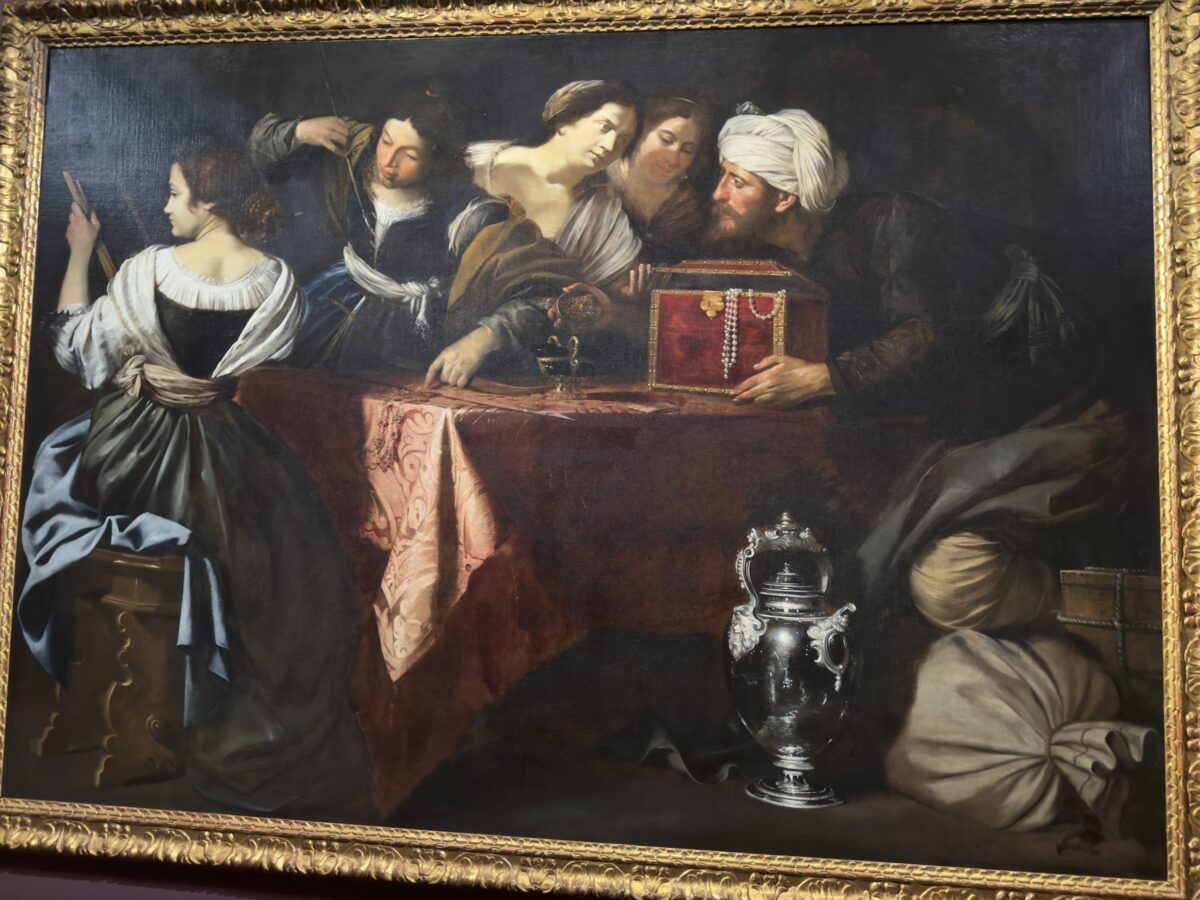




The Museum Experience.
The Musée Jacquemart-André itself is worth a visit regardless of the exhibition. It’s in a 19th-century mansion that used to belong to art collectors Édouard André and Nélie Jacquemart. A walk through their home shows the life of rich Parisians in the Belle Époque.



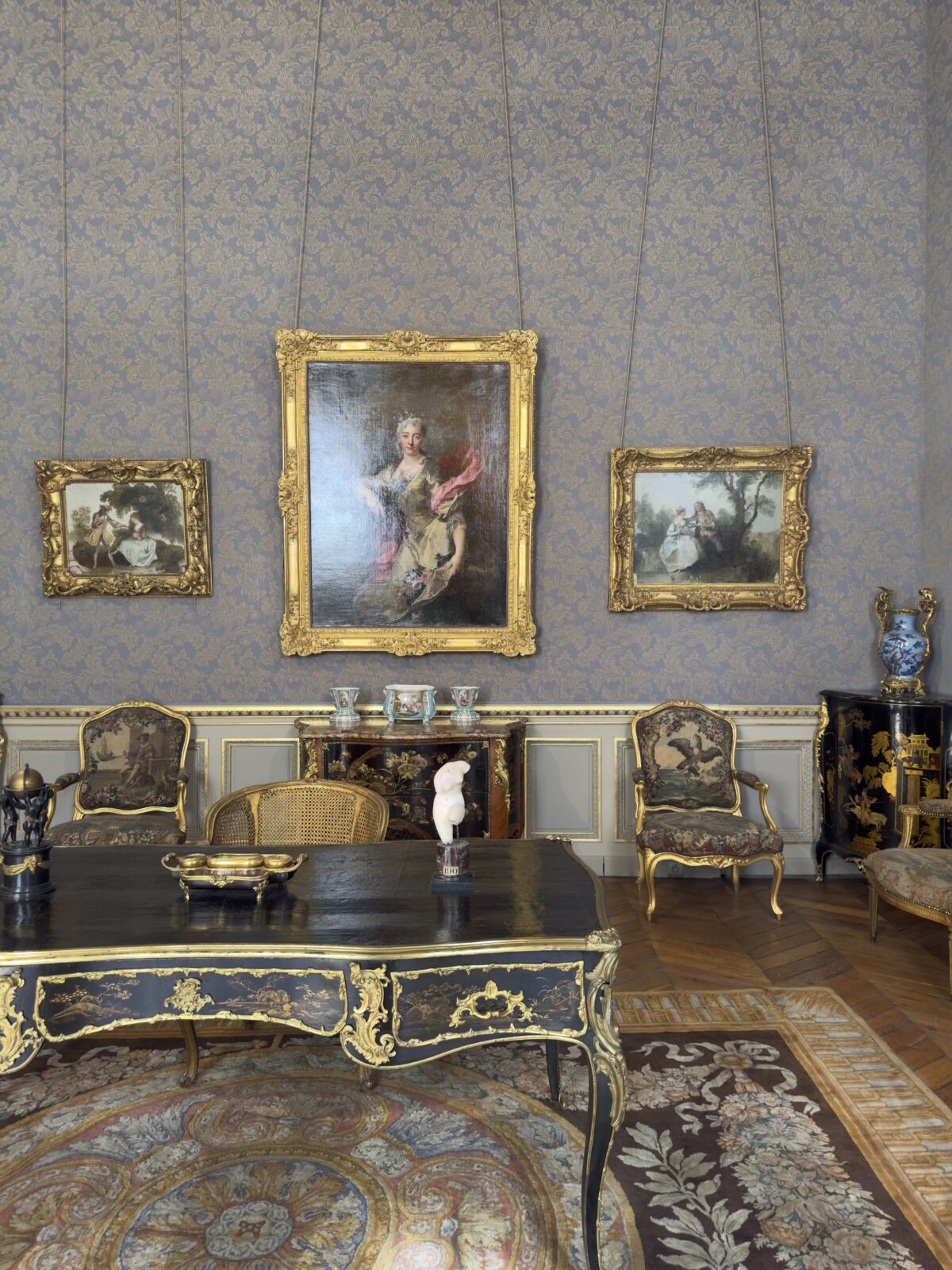
The Women in Quiet Rebellion
The first time I saw Artemisia’s artwork in London I came out of the exhibition completely inspired. Artemisia’s work deeply resonated with me. It inspired me to make a fine art portrait series that honours women in history. I wanted to express my voice as an artist through a photography project.
I love Renaissance and Baroque paintings; why? Artemisia’s art is bold, it’s dramatic and theatrical. Artemisia is screaming her anger about being a woman in her paintings. Artemisia decided to be a rebel, she choose to go beyond what people expected of her.I’m glad that in the time when women were supposed to be seen and not heard, Artemisia fought for space where she could share her talent with us all!
As a photographer, I was drawn to how Artemisia’s paintings showed her anger about being a woman. The way she portrayed her women heroes moved me and come alive but didn’t know what to do with it. Until I started my “The Women in Quiet Rebellion Art Series.”
This project emerged in the realm of women who were supposed to be seen but not heard. Historically, women’s roles had been limited to the domestic sphere. They were tasked to raising children and supporting their family! Women had little power until they became widows. When they did, they inherited their husband’s property and title. This inheritance gave them some authority in society at that time. Women were often seen as possessions, and their voices were silenced. Their true selves hidding under a mask of obedience. Rebellion hidden deep inside. My project reveals a hidden rebellion through various times, leading to strong defiance. Moving from being seen to being heard.
The Beginning: Renaissance
The Girl in the Golden Dress Portrait features shimmering fabrics and bold light and shadow. It shows a woman caught in a world of gilded cages. My subject stands ready, showing a desire to break the rules but unable to speak.
This project aims to give a voice to women who have been silenced in history. It connects their struggles and invites them to a space that shows their oppression. It highlights how they learned to resist the roles that society imposed on them in silence. They accepted their situations but felt pressure to conform. Their only way to escape was to rebel within. They moved things slowly, like a butterfly’s wings. This created a snowball effect throughout history. This project reflects the story of all these women who could not use their voices.
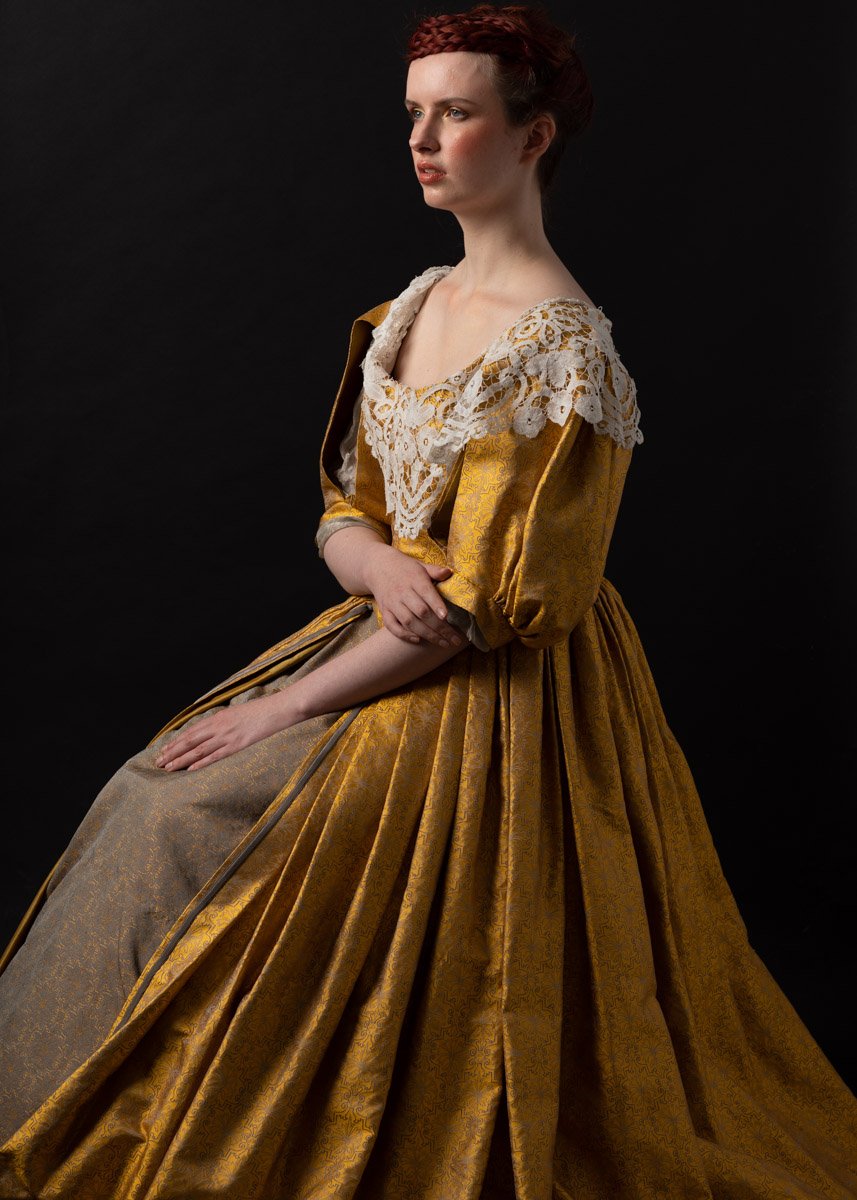
The Crescendo is moving on from the renaissance.
With the spirit of Jane Austen’s heroines, a flicker of defiance ignites. They want to escape societal expectations. Their determination grows behind polite smiles.
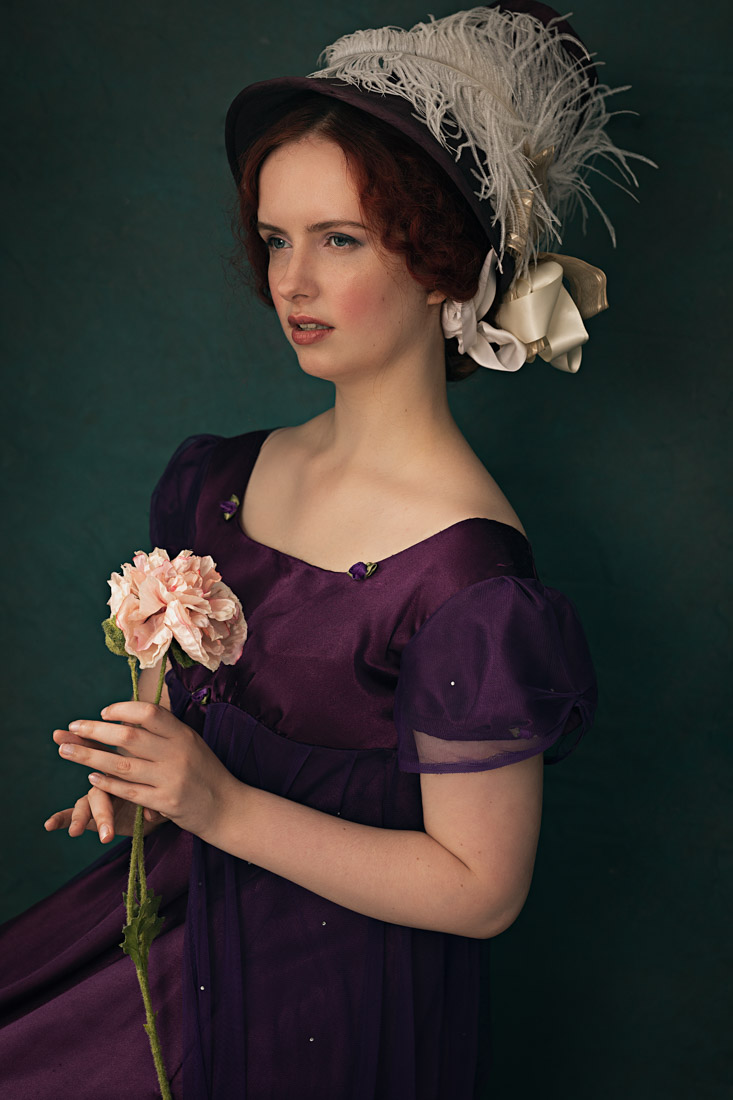
Victorian: A shift. A silent rebellion that burns brighter. Think of Catherine Earnshaw and Tess d’Urberville. These women faced harsh societal judgment, yet they dared to forge their own paths.
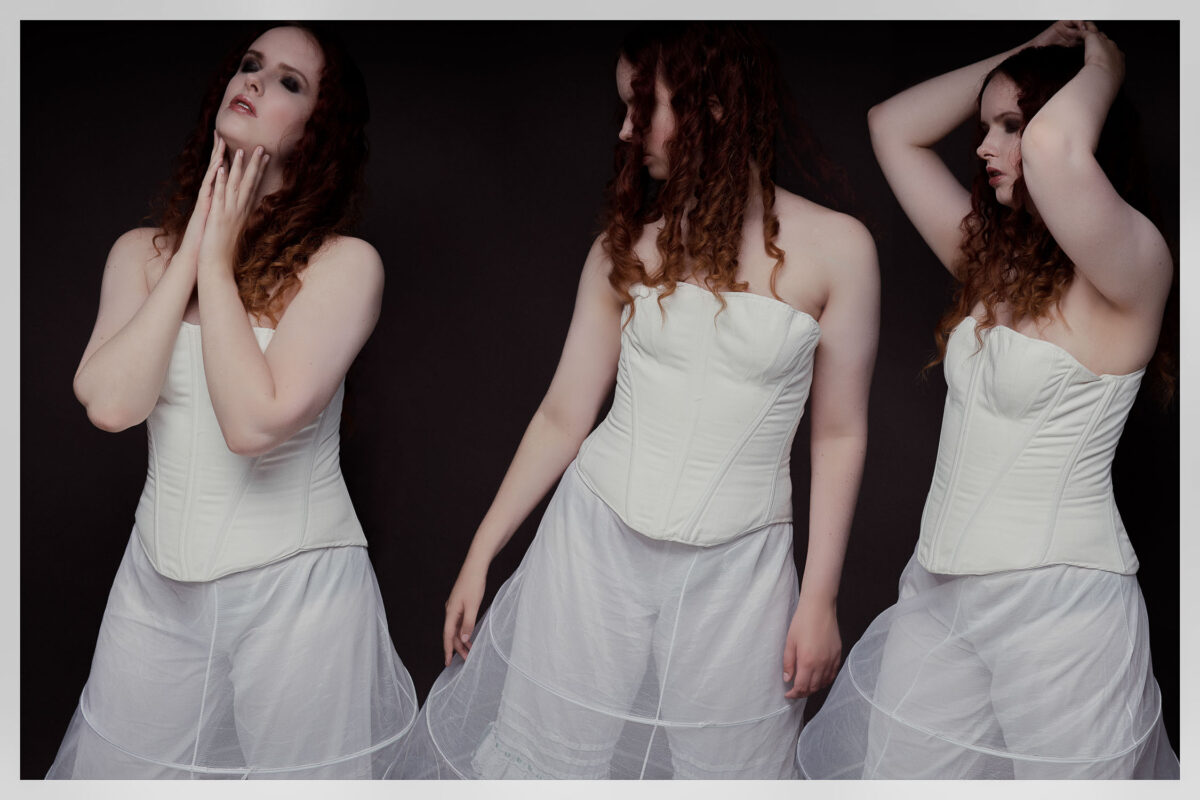

Edwardian: My heroine breaks free. Her attire reflects movement, a newfound freedom. She demands to have her voice heard, solidifying her stance.

The 1920’s are represented with an hommage to Isabella to Duncan th efree-spirited dancer who redefined what it meant to be a woman. People know her for her barefoot contemporary dancing and her choice of a Roman dress instead of a tutu. With each movement, she broke free from what society expected.

Should You Go ?
If you’re in Paris before July when the exhibition ends – yes, absolutely. Book tickets online to avoid the lines. And don’t rush through it. Artemisia’s work is worth your time and attention. Many of these paintings hardly ever travel.
Like what you’re reading? Subscribe or share this newsletter with someone who loves art with a backbone. More quiet rebellions coming soon.

